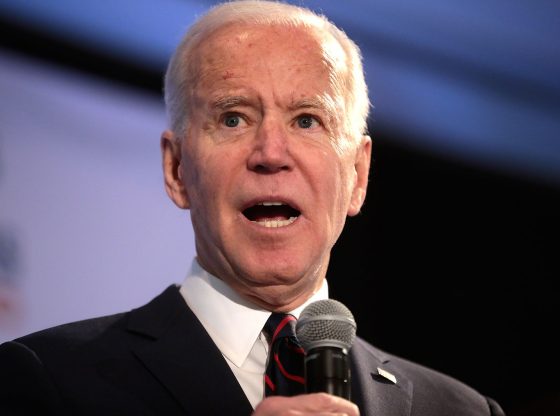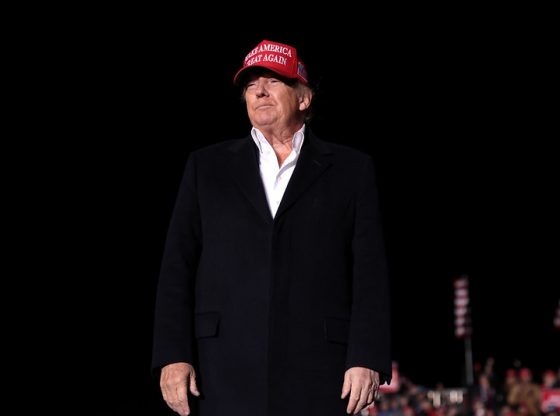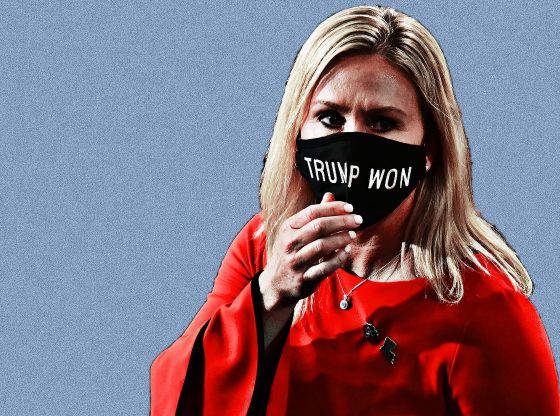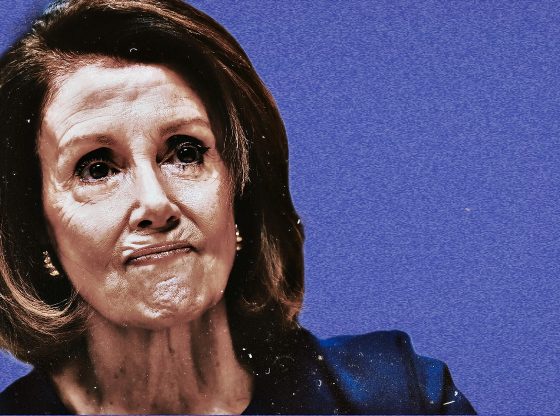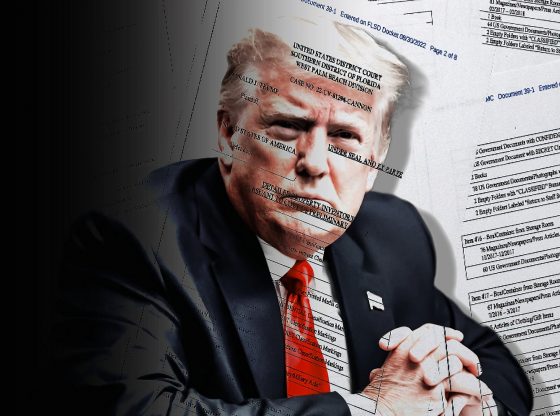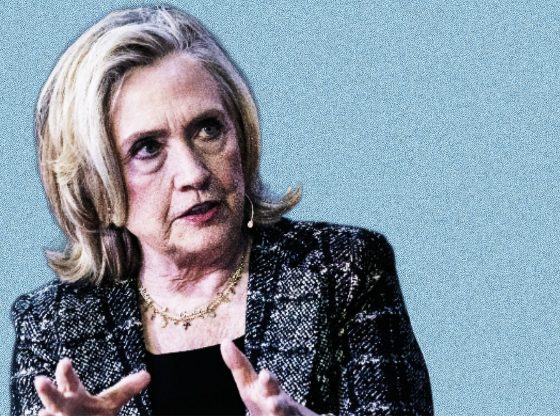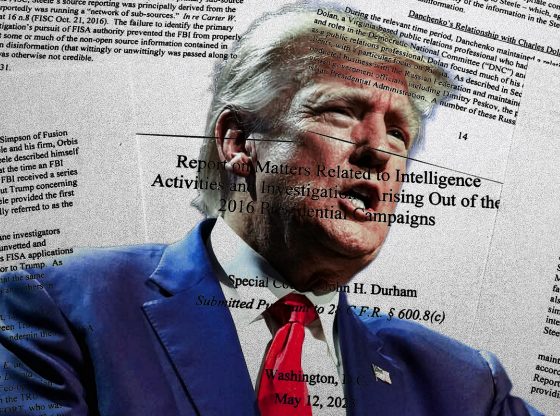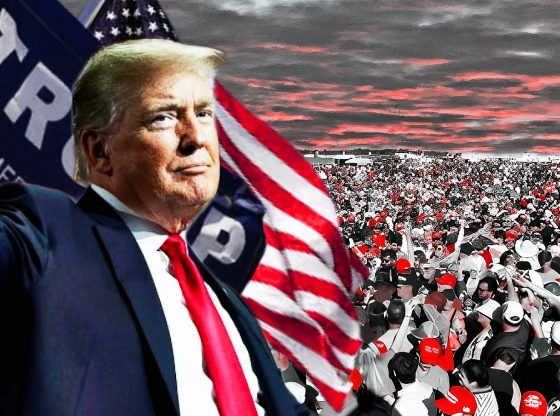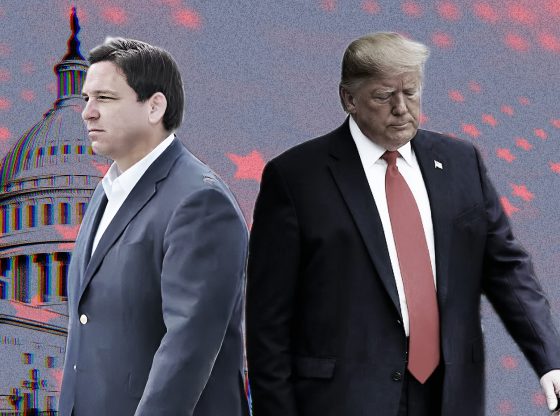Senate hearings commenced Monday in the process to confirm President Trump’s nominee, Amy Coney Barrett to the Supreme Court. Ever since Trump made his nomination, the term “court-packing” has been at the forefront of every voter and reporter’s mind. Biden continues to dodge questions and refuses to give his stance on if he will pack the court if he is elected. However, as Barrett’s confirmation proceedings move forward Democrats are becoming increasingly vocal in opposition to filling the vacant seat prior to November’s election. Liberals are attempting to claim Republicans are packing the court by confirming Barrett but it’s becoming increasingly clear Democrats are unsure of what the term “court-packing” actually means.
“The only court-packing that’s going on right now is going on with Republicans packing the court now, it’s not constitutional what they’re doing,” Biden said. “The only packing going on is this court that they packed now by the Republicans.”
According to Fox News:
But court-packing, even by its traditional, more pernicious definition, is entirely constitutional. The traditional definition of court-packing means expanding the Supreme Court in order to appoint politically-agreeable justices, not what Republicans are doing, which is filling naturally occurring vacancies.
“The Constitution does not stipulate how many justices may serve on the Supreme Court. It instead empowers Congress to adjust the Court’s size,” James Wallner, a resident senior fellow for governance at the R Street Institute, told Fox News. “And the House and Senate have regularly used that power to adjust the Court’s size through the Civil War. The first Congress set the Court’s size at six justices when it passed the Judiciary Act of 1789. Federalist majorities in the House and Senate reduced the Court’s size to five justices in the late 1790s.”
Wallner continued: “Court Packing refers to the unsuccessful attempt by FDR and his allies in Congress to pass the Judicial Procedures Reform Bill of 1937. The bill would have expanded the Court’s size to 15 justices … Opponents of the legislation denigrated it as ‘court packing’ because the effort was motivated by FDR’s desire to circumvent the Court’s conservative majority that had ruled several pieces of his New Deal legislative agenda to be unconstitutional.”
So the difference between the responsible exercise of Congress’ power to adjust the size of the Supreme Court and the constitutional but politically unpalatable practice of court-packing, Wallner says, “lies in the motivation of its proponents. As in the 1930s, Democrats in Congress appear to support Court Packing as a way to get around a conservative majority on a nine-justice Supreme Court.”
Democrats are attempting to expand the term “court-packing” to include the constitutional practice of filling a vacant seat close to an election claiming it has the same outcome of court-packing. However, Senate Republicans are following precedent by confirming an appointee of the same party of the president during an election year

